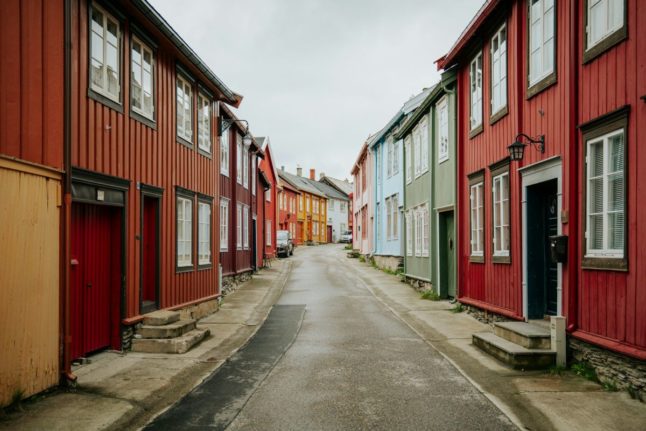Property price increases of more than 25 percent in Norway’s largest cities are to be expected, according to forecasts from the economics consultancy Samfunnsøkonomisk Analyse.
The figures, reported by public broadcaster NRK, predict that the average cost of a home in Norway will rise to 5.77 million kroner over the next three years.
According to the latest figures from the industry organisation Real Estate Norway (Eindom Norge), the current price of a home in Norway is 4.58 million kroner.
Meanwhile, the average cost of purchasing a place in Oslo is around 6.44 million kroner. However, by 2027, Oslo residents could have to pay up to 8.56 million kroner to get on the property ladder in the capital.
READ ALSO: How much does an apartment in Norway cost?
Oslo will see the largest increase in prices, but all of Norway’s largest cities will see property prices increase by more than 25 percent.
Properties in Stavanger will grow in value by around 29 percent, meanwhile buying a home in Trondheim is expected to be 26.8 percent more expensive. Homes in Bergen will increase in value by 26.2 percent, and getting on the property ladder will be 25.6 percent more expensive. Tromsø, in the Arctic Circle, will see property become 25.2 percent pricier.
Real estate news publication, Estate Nyheter, reports that forecasted average price of 8.56 million kroner would be twelve times the average income in Norway.



 Please whitelist us to continue reading.
Please whitelist us to continue reading.
Member comments